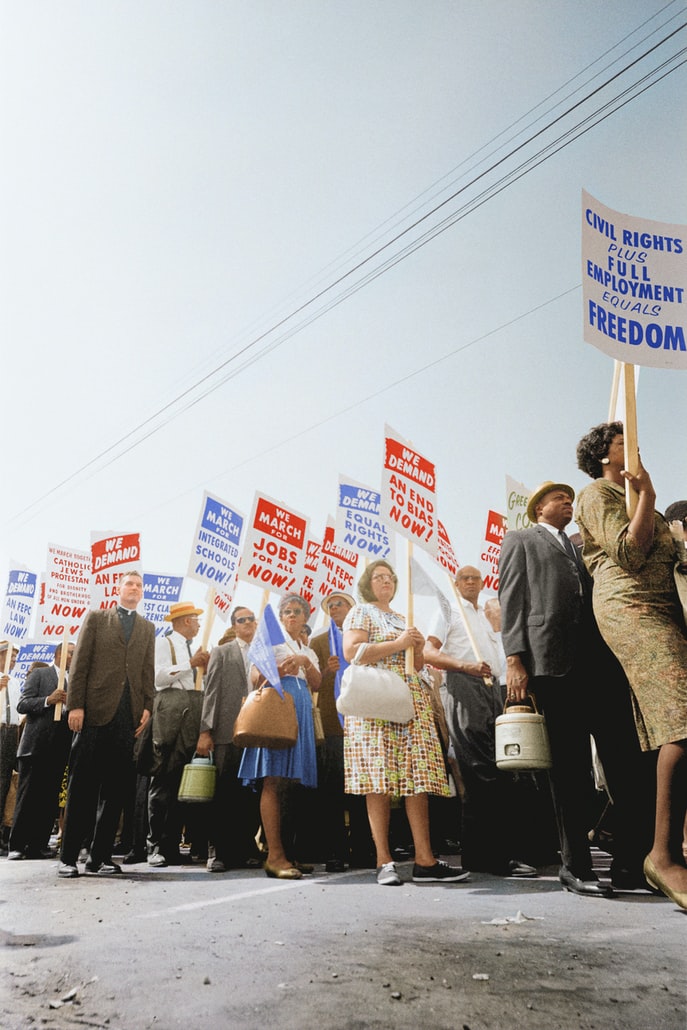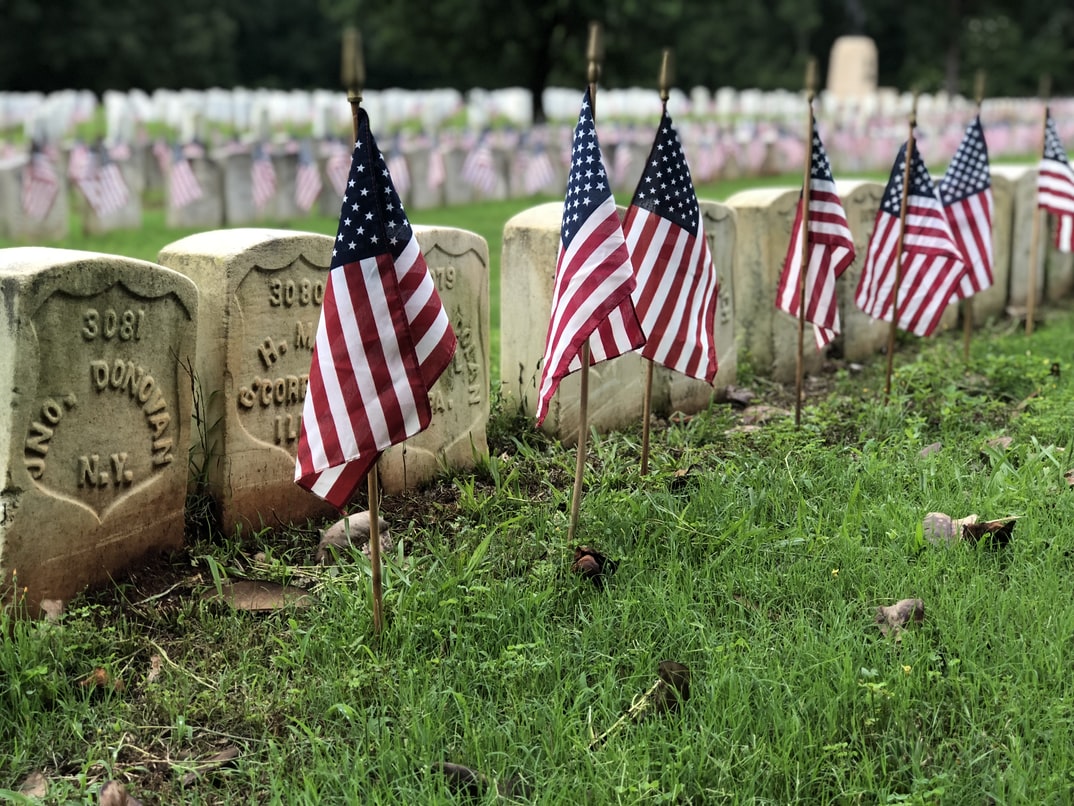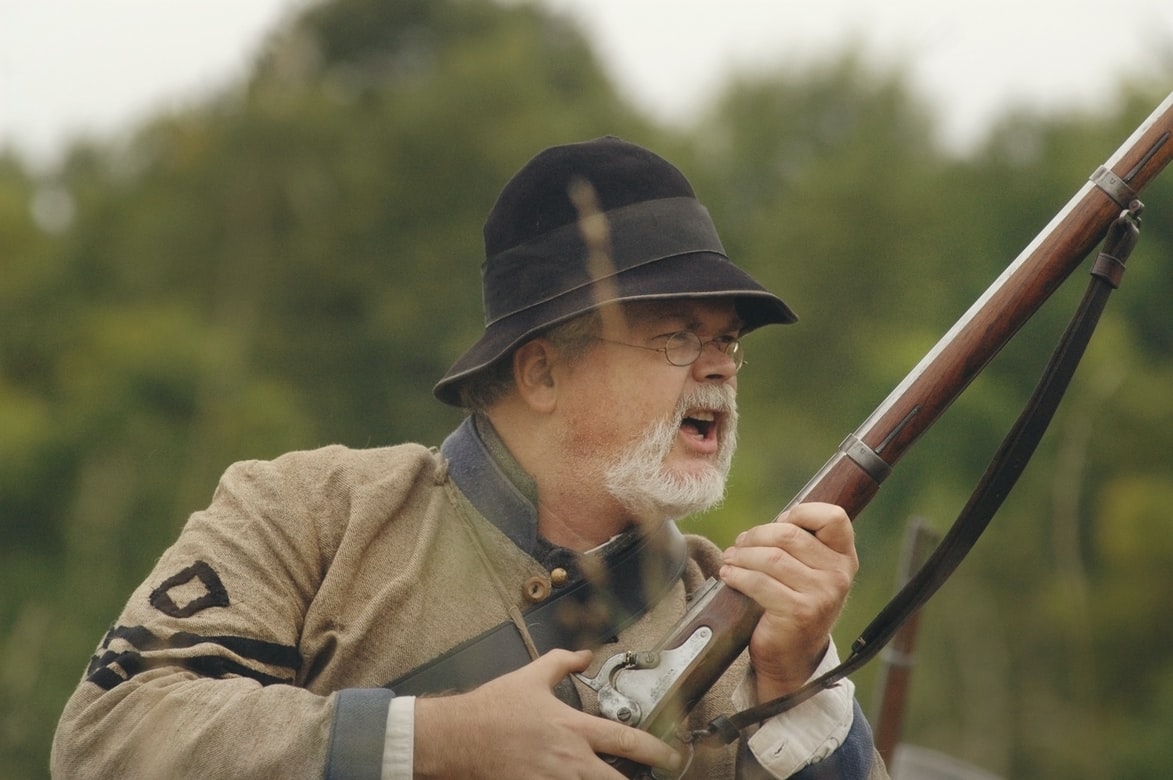A historical day
It was a historic day for the United States as the death toll from the novel coronavirus surpassed the classic estimate of the number of Americans killed in the American Civil War: 620,000. Covid-19's mortality toll reveals that many are still approaching the virus with a medical mindset that is 160 years out of date. Disease had an immediate impact on the war's outcome practically as soon as it was initiated. Soldiers were stranded in muddy encampments where they had to make do with sleeping in tents from both :
-
the North;
-
and the South.





